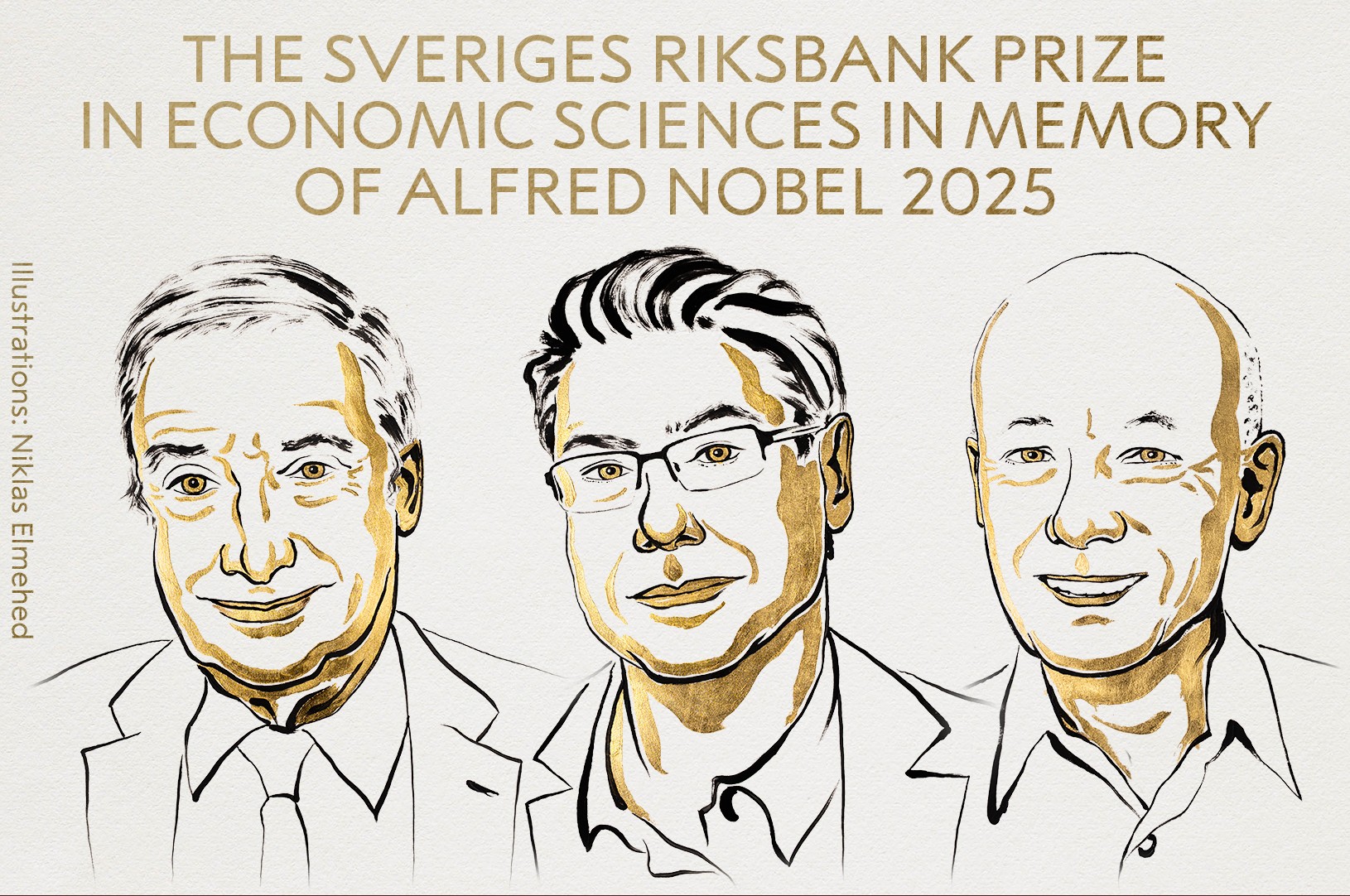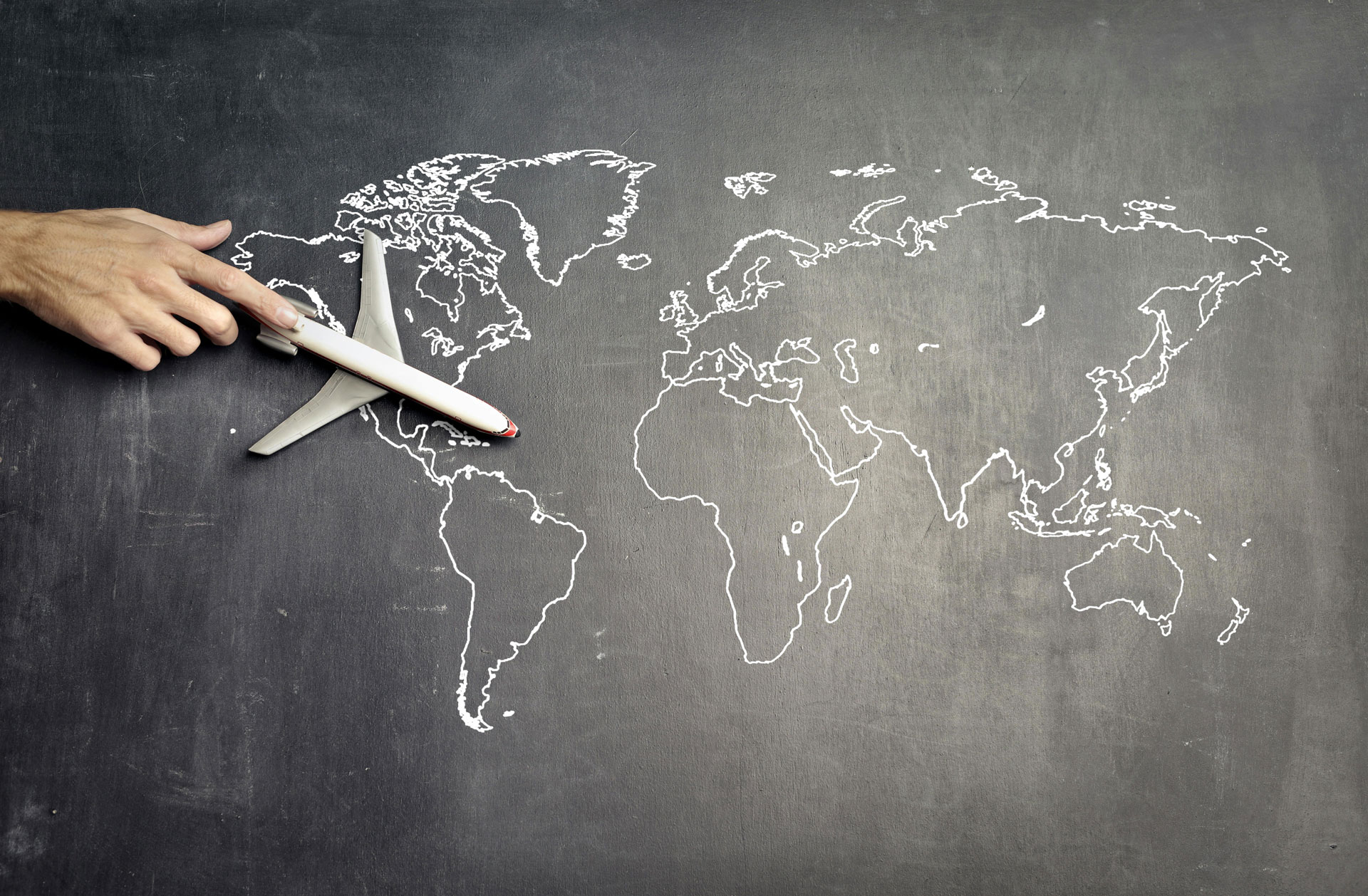Innovating for growth: the lessons of the 2025 Nobel Prize in Economics

The announcement of the Nobel Prize in Economics 2025 has focused on an essential idea for any innovation ecosystem: sustained economic growth depends on the capacity of a society, or an organization, to innovate continuously.
Economists Joel Mokyr, Philippe Aghion and Peter Howitt have been awarded for demonstrating, each from their field, how innovation becomes the most lasting engine of progress. His work, although framed in economic theory, offers a direct reading of corporate innovation for the present, especially in mature sectors such as the insurance industry.
Economic historian Joel Mokyr has spent decades studying why modern growth became sustainable in Europe starting in the 18th century. Their answer is as cultural as it is economic: ideas thrive when there are institutions that disseminate them, legitimize them and transform them into useful knowledge. In other words, it's not enough to invent, you have to create an environment where curiosity, education and collaboration turn discovery into progress.
Transferred to the business world, the message is clear: to innovate is not only to generate projects, but to build a culture that keeps them alive. In a company like Santalucía, that means moving from isolated “success stories” to a cumulative innovation model, where each learning provides the basis for the next step forward. Sustained innovation requires an invisible infrastructure of shared knowledge, internal trust and openness to the outside world.
Creative Destruction as a Necessary Process
For their part, Philippe Aghion and Peter Howitt developed the model that best explains how innovation drives long-term growth: “creative destruction”, a concept inherited from Schumpeter. Every time a new technology or a new way of producing emerges, it moves to the old one. It is an inevitable process, even uncomfortable, but indispensable for an economy, or a firm, keep moving forward.
In the insurance sector, this dynamic is being experienced intensely. Las Insurtech, artificial intelligence or new customer relationship models are transforming a historically stable business. And although the temptation may be to resist change, the real strength lies in learning to substitute without losing identity: to adapt the structure, to train people and to open space for new ways of thinking. This management of the transition is, in essence, the terrain where innovation demonstrates its maturity.
The work of the three winners highlights something that Santalucía Impulsa practice every day: innovation need not be born outside the system, but inside it. In this sense, the work of the innovation area of Santalucía Impulsa is twofold: to promote new ideas and, at the same time, to act as a bridge between the Group's traditional culture and new ways of creating value. This connection between legacy and future is what makes innovation a real lever for sustained growth.
From the economy to the culture of innovation
The 2025 Nobel Prize in Economics does not celebrate an abstract theory. It celebrates a conviction that defines modern progress: a society, or a company, grows when it is able to give feedback to innovation. May each idea inspire another. Let knowledge circulate. That the risk be taken and not feared.
In a context where technological, climate and demographic challenges are intertwined, this is an essential lesson for the insurance innovation ecosystem. Innovation must not only pursue efficiency or digitalization, but rather become a living system of collective learning, where talent, technology and strategic vision work in sync.



